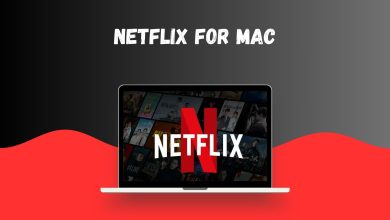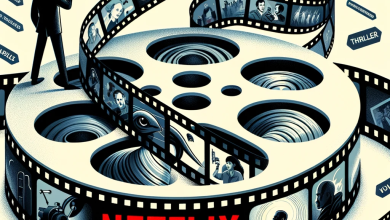[FIX] TVQ-PM-100 Error Code on Netflix
Some Netflix users are encountering the error code error code tvq-pm-100 (We’re having trouble playing this title right now). This problem is reported to occur on all Windows platforms and with some Smart TV operating systems.
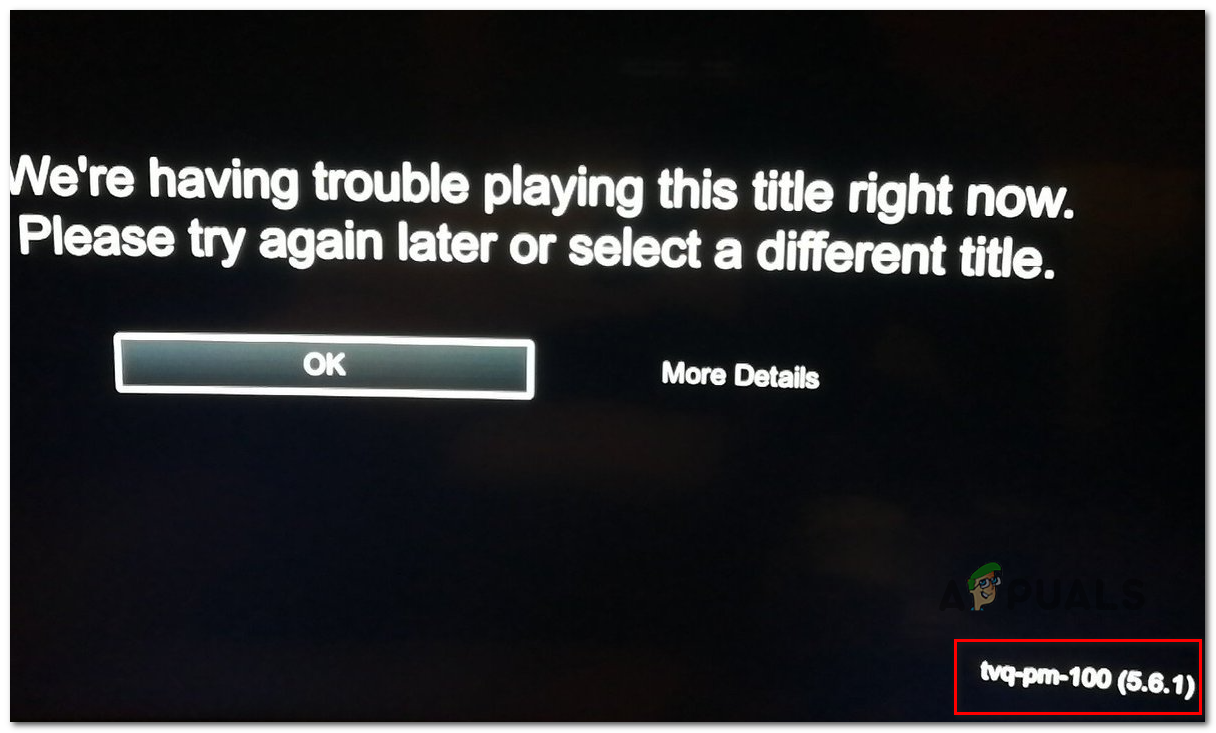
After investigating this particular issue, it turns out that there are several different culprits that might be responsible for the apparition of this error code. Here’s a shortlist of potential culprits that might trigger the error code tvq-pm-100 error code:
- Netflix app glitch – As it turns out, the Netflix app might end up glitching on a lot of different devices including fire TV, set-top boxes, smart Blu-ray players, Roku, and Smart TVs. In any of these instances, the fix is to power cycling the device you’re using for streaming in order to clear Netflix data stored between startups.
- Surround sound is being forced on Netflix (Shield TV Only) – If you’re only encountering this problem while using a Shield TV device to stream Netflix content, chances are you’re dealing with a sound issue. To fix it, you’ll need to access the Advanced Sound Settings menu and change the Surround setting from Always to Automatic.
- Fire Stick TV Glitch – In case you’re using a Fire TV Stick, there’s an ongoing problem that a lot of users are reporting. As it turns out, the only way to get rid of the annoying error code, in this case, is to reset the device back to their factory settings and reinstall the Netflix app.
- Outdated Bravia Firmware – If you’re seeing this error code on a Sony Bravia Android TV, you should be able to fix this problem by forcing the device to install the latest firmware update. This operation was confirmed to be successful by a lot of affected users.
Method 1: Power-Cycle your Device
As it turns out, this particular error code particularly points towards a problem with the information that is being stored on your device. If this scenario is applicable, you should be able to fix the tvq-pm-100 error code swiftly by power cycling the device that you use for streaming.
To make things easier for you, we’ve put together a series of sub guides that will walk you through the process of power-cycling the device that you’re streaming Netflix content from:
A. Power-cycle Fire TV / Stick
- Close the Netflix app and then unplug your device from the power outlet.
- Wait for a full minute in order to allow the power capacitors enough time to drain.
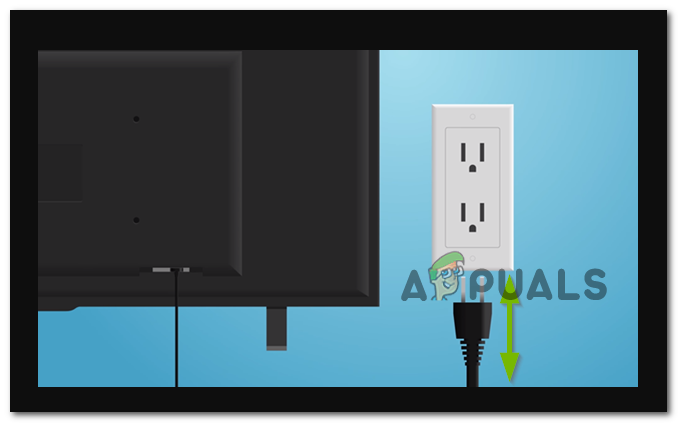
Unplugging the Fire TV / Stick from the power outlet - Connect the Fire TV / Stick device back to a power outlet and turn it on conventionally.
- Initiate another streaming job on Netflix and see if the problem is now resolved.
B. Power-cycle Set-top Box
- If you’re using a set-up box, you will need to unplug the device from power and wait for at least 2 minutes before you can be certain that the power capacitors are completely drained.

Power cycling your Set-Top box Note: Set-top boxes are known for storing a lot of energy in their power capacitors, so it’s best to give it a solid 5 minutes before plugging it back in.
- Once this period passes, restore power to your set-top box and start the device once again.
- Open the Netflix app and see if the issue is now resolved.
C. Power-cycle Blu-ray Player
- If you’re using a blu-ray player, unplug your device from the power outlet and wait for a full minute.
- Right after the device is unplugged, go ahead and press and hold the power button on the blu-ray device to discharge it.
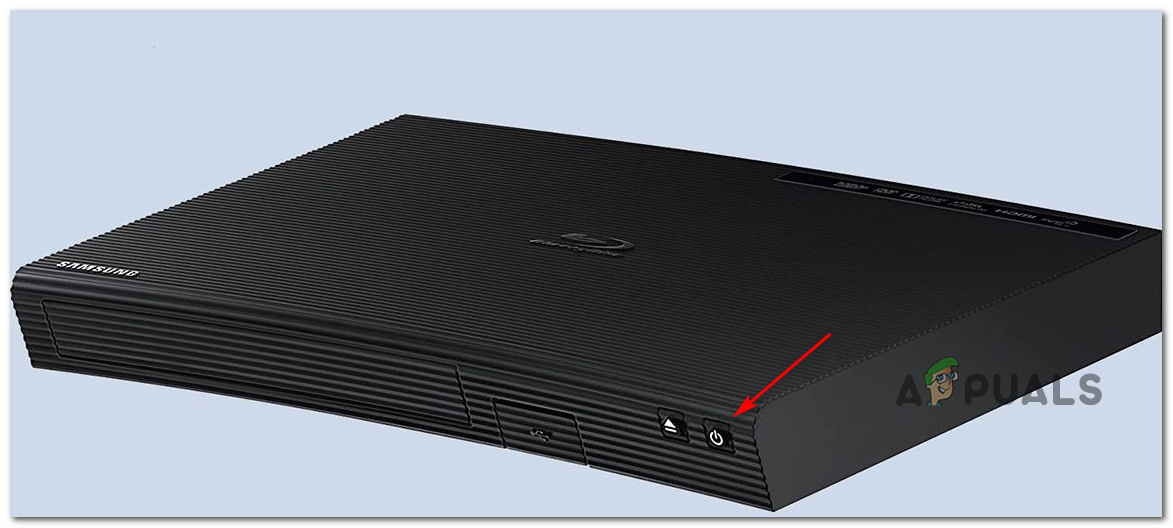
Power-cycling Blu-ray player Note: If your blu-ray device doesn’t have a power button to press, compensate by leaving your device unplugged for at least 3 minutes.
- Once this time period has passed, plug your device back in and initiate the startup sequence.
- After the Blu-ray player boots back up, try the Netflix app once again and see if the problem is now fixed.
D. Power-Cycle your Smart TV
- Turn your Smart TV off, then physically unplug the device from the power outlet it’s currently connected to, and wait for a full minute.
- While you wait, go ahead and press and hold the power button on the TV (not the remote) for 5 seconds or more to discharge the power capacitors.
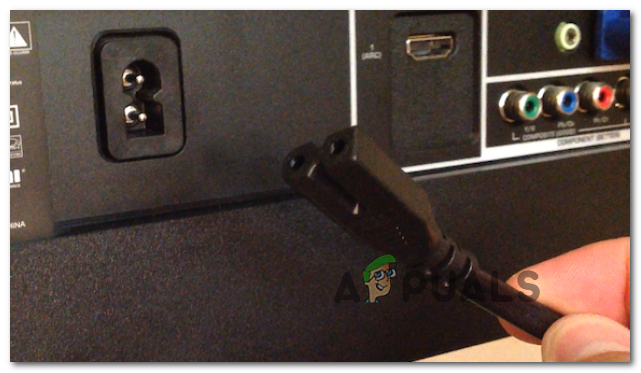
Power-cycling Smart TVs Note: This will clear any OS-related temp data that are preserved in between startups.
- Plug your device back in, turn your Smart TV on, and initiate another streaming job on Netflix.
E. Power-Cycle your Roku device
- If you’re using a Roku device, unplug it from power and wait for at least 10 seconds.
- Next, plug in your Roku back in, and immediately press any button on your Roku remote.
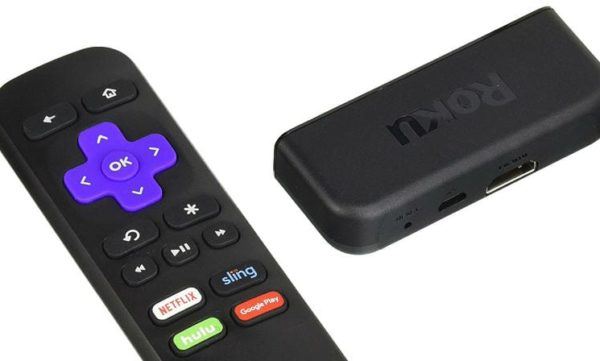
Pressing any button on Roku remote - Wait for a full minute after the startup sequence is complete.
- Attempt to stream content from Netflix once again and see if the issue is now fixed.
If the same Netflix error tvq-pm-100 is still occurring, move down to the next potential fix below.
Method 2: Changing Surround to Automatic (Shield TV)
If you’re using an Nvidia Shield to stream content from Netflix, chances are you’re experiencing this error due to the fact that your device is attempting to force surround in a scenario in which this is not applicable. Most of the time, this was confirmed to occur in situations where a USB DAC is used to a non-DMI receiver.
Several affected users that were struggling with the same problem have reported that they managed to get the issue fixed by accessing the Advanced Sound Settings menu in Nvidia Shield TV and changing the Surround setting from Always to Automatic.
UPDATE: Some Nvidia Shield TV users have managed to fix this problem by going to Audio and Subtitles while attempting to stream something from Netflix and choosing Normal 2.1 Audio instead of Default 5.1.
Here’s a quick guide on making this change on your Nvidia Shield TV device:
- Start by accessing the Settings menu in the top-right corner of the screen.
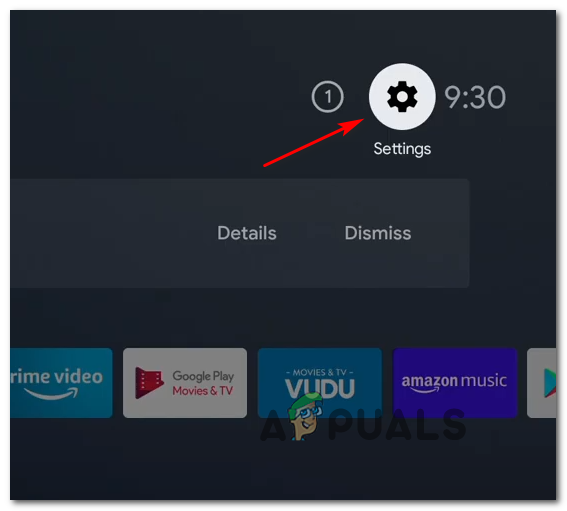
Accessing the Settings menu - Once you’re inside the Settings menu, access the Device Preferences, and then choose Display & Sound from the newly appeared context menu.
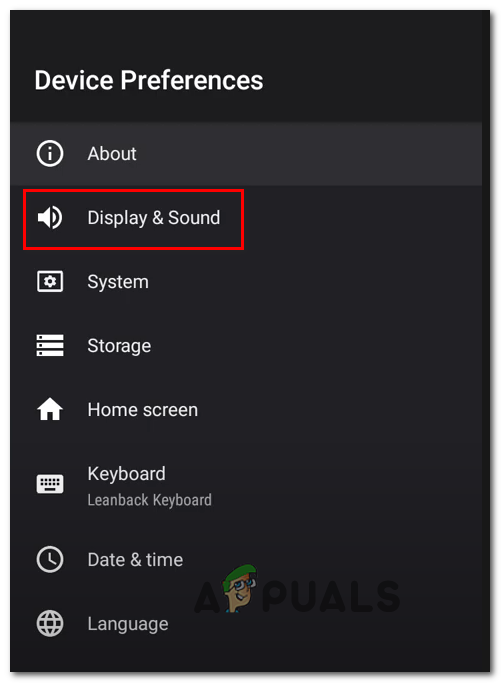
Accessing the Display & Sound menu - Next, scroll down through the list of available options and access the Advanced Sound Settings (under Sound).

Accessing the Advanced Sound Settings - Once you’re inside the Advanced Sound Settings menu, change the Surround setting to Automatic and save the changes.
- Restart your Shield TV device and see if your Netflix streaming issue is now fixed.
If the same problem is still occurring, move down to the next potential fix below.
Method 3: Resetting Fire Stick to Factory Settings (if applicable)
If you’re encountering the error code tvq-pm-100 while attempting to stream content from Netflix using an Amazon Fire Stick, it’s very likely that you’re dealing with a fairly common bug that a lot of other users are reporting.
If this scenario is applicable, you should be able to fix this problem by restoring your Fire Stick device back to its factory defaults and reinstalling the Netflix app.
In case this scenario looks like it could be applicable, move down to the next potential fix below:
- From the main dashboard menu of your Amazon Fire Stick device, use the horizontal menu at the top to access the Settings menu.
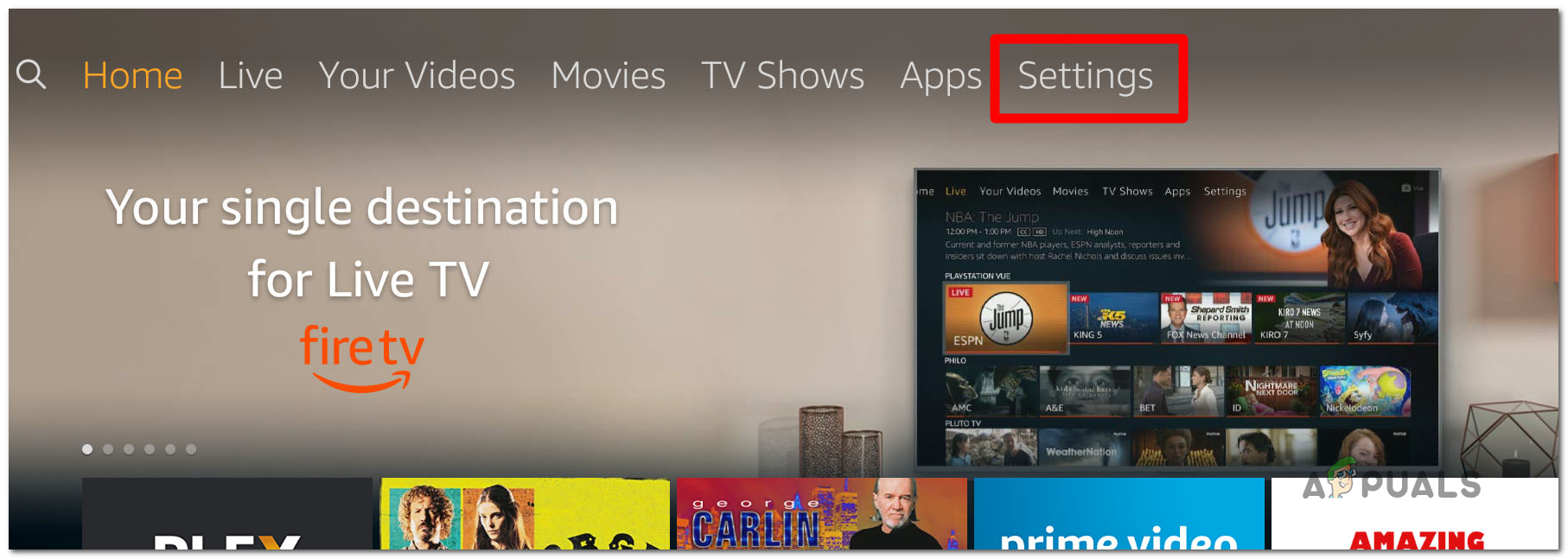
Accessing the Settings menu - Once you’re inside the Settings menu of your Fire TV device, choose My Fire TV from the list of available options.
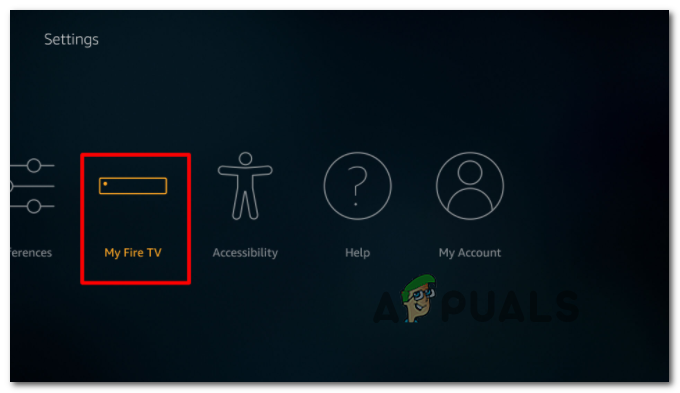
Accessing the My Fire TV menu - From the My Fire TV menu, scroll down through the list of available options and choose Reset to Factory Defaults.
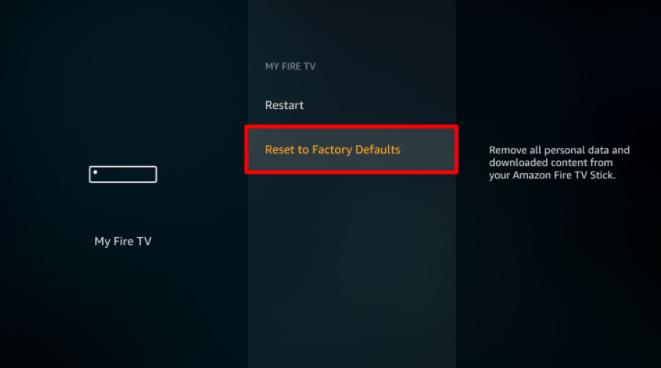
Resetting your Fire TV to factory defaults - At the final confirmation window, choose Reset and wait until you get the confirmation that the device was successfully reset to its factory defaults.
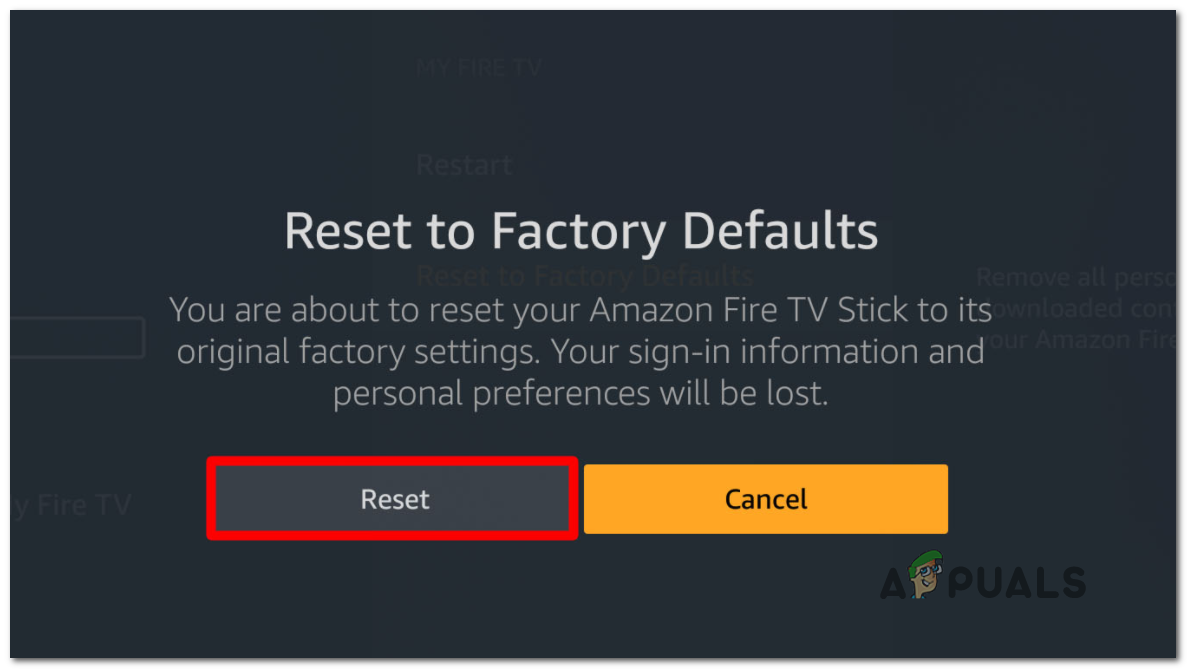
Resetting back to Factory Defaults Note: It’s important to make sure that you’re not unplugging this process while this operation is taking place (it usually lasts a little less than 4 minutes)
- Once the factory reset procedure is complete, reinstall the Netflix app and see if the error code tvq-pm-100 is now fixed.
Method 4: Updating Sony Bravia Software (If applicable)
If you’re encountering this problem on a Sony Bravia Android TV, it’s most likely due to a firmware issue that deems the Netflix app incompatible.
As some affected users have reported, you should be able to fix this problem by forcing your Android TV to update itself to the latest firmware version available. Fortunately, you can do this directly from the Settings menu of your Android TV.
If you’re not exactly sure on how to do this, follow the instructions below:
- If you have a remote with a Help button, press it to bring up the dedicated Help menu. In case your TV remote doesn’t include this button, go to Settings > Help to reach the same menu.
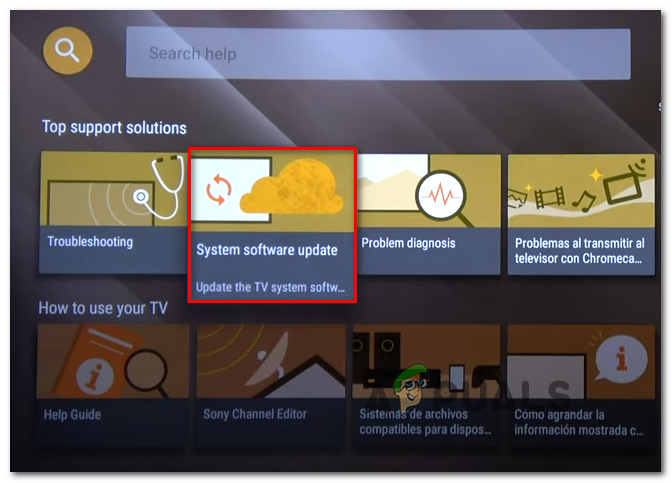
System Software Update - Once you’re inside the Help menu, choose System software update from the Top Support solutions menu.
- From the newly appeared System software update context menu, choose Check for a system software update and wait for the initial scan to complete.
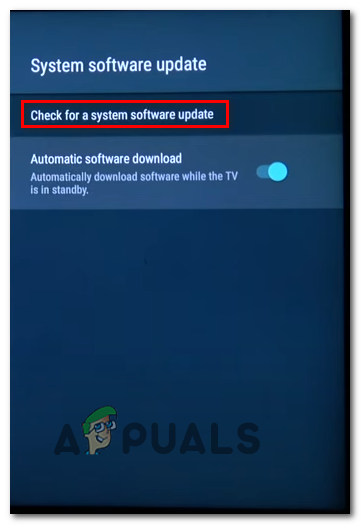
Check for new System Software update on Sony Bravia - If a new update is available, follow the on-screen prompts to complete the installation of the new firmware update, then restart your TV once the operation is complete.
- Once you’re running on the latest firmware version available for your Android TV, open the Netflix app once again and see if the operation is complete.


